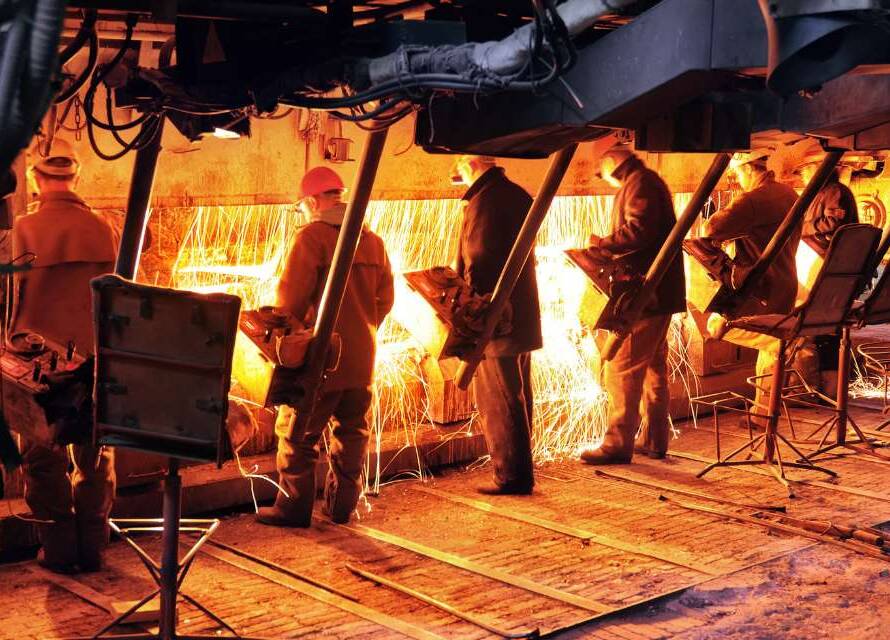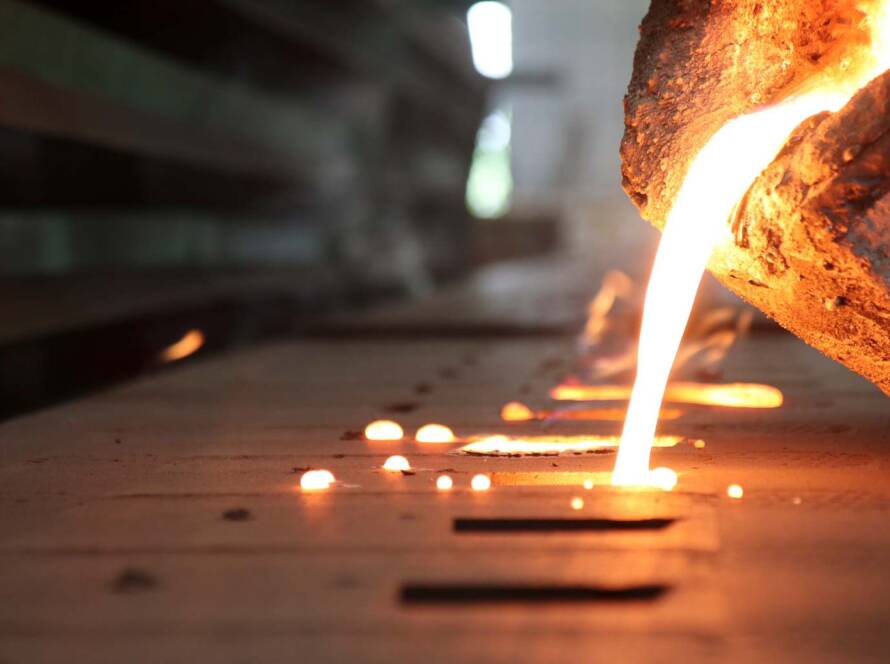Imagine if you could predict and prevent casting defects before they even happen, saving both time and money. That’s no longer a futuristic dream—it’s a reality, thanks to the integration of AI and machine learning into metal casting simulations. For manufacturing professionals, these advancements are set to innovate how casting processes are optimized, monitored, and controlled, leading to significant improvements in product quality and operational efficiency.
Enhancing Defect Prediction and Process Optimization
One of the most exciting applications of AI in metal casting is defect prediction and process optimization. Traditionally, identifying potential defects in casting processes has been a reactive process, often resulting in costly delays and waste. Now, AI and machine learning models can predict casting defects early in the process, allowing for real-time adjustments that mitigate these issues before they manifest.
For instance, a study published in the International Journal of Metalcasting demonstrated that convolutional neural networks (CNNs) could accurately predict porosity defects in aluminum alloys, achieving a classification accuracy of 94%. Similarly, research on low-pressure die casting quality improvement using supervised machine learning classification models showed that porosity defect occurrence rates could be predicted with 87% accuracy for good parts and 74% accuracy for parts with porosity defects.
Accelerating Simulations with Deep Neural Networks
AI-driven metamodels are also changing the game in metal casting. These metamodels reduce the time it takes to run simulations by evaluating additional design variants more efficiently. The ultimate goal is to create digital twins of casting processes—virtual replicas that mirror the real-world production environment. This not only enhances process control but also improves the accuracy and speed of simulations, allowing for more robust design and production planning.
Deep neural networks are advancing solidification modeling in metal casting as well. Traditionally, solving the partial differential equations involved in these models has been a time-consuming process. However, deep neural networks can predict the outcomes of these equations without needing to solve them directly, providing a significant computational advantage. An article in MDPI discusses how deep learning sequence methods can be applied in multiphysics modeling of steel solidification, offering significant computational advantages.
As a U.S.-based company with 30 years of experience, Source Machining Specialties specializes in helping U.S. manufacturers with their manufacturing needs in India. We’re so confident in our Indian production facilities that we invite you to a site audit at our expense. Discover more about our capabilities and services, and let’s start a conversation.



